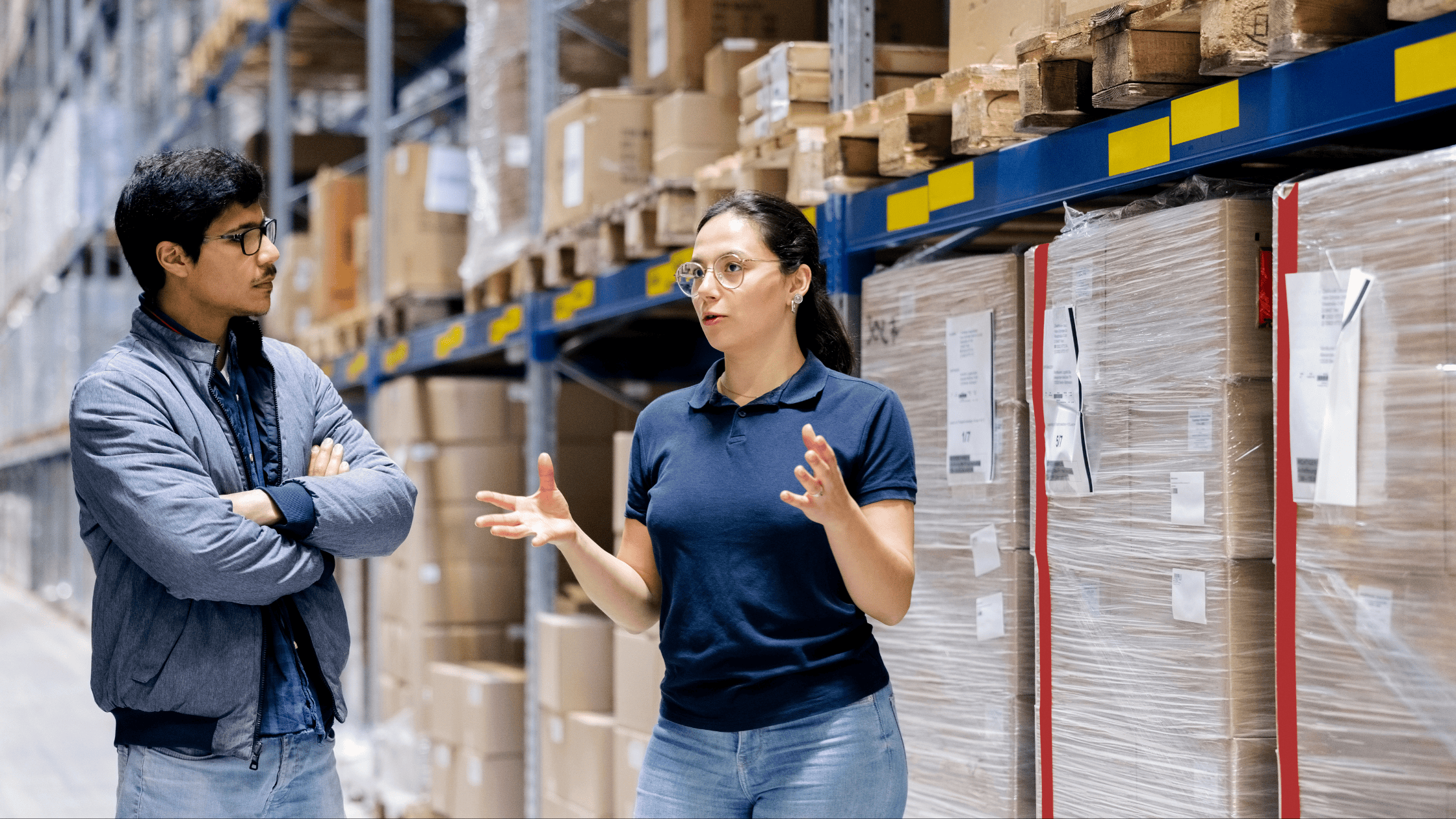Canada’s transportation sector is entering a new era. As of 2025, updated emission regulations and carbon pricing mechanisms are reshaping the way goods move across the country. For shippers in industries like lumber, steel, agriculture, and food distribution, these policy shifts are more than headlines—they’re affecting freight rates, fuel surcharges, and long-term logistics strategies.
In this article, ILCO Transit breaks down what these changes mean, how they affect your bottom line, and what you can do to adapt quickly and effectively.
Overview of Canada’s 2025 Transport Emission Policies
Canada’s updated supply chain strategy for 2025 introduces stricter emission regulations for commercial freight. Among the most notable changes is the increase in federal carbon pricing, now set at $95 per tonne in 2025 with plans for further annual increases. New emissions caps for heavy-duty trucks have also been implemented, specifically targeting NOx and CO₂ outputs, in alignment with guidelines from Environment and Climate Change Canada (ECCC).
Large carriers are now required to report on their emissions performance and fuel usage. In parallel, the government is offering incentives for the adoption of low-emission vehicles and intermodal transport options, especially for companies committed to sustainability goals. These emission regulations aim to push Canada’s supply chain sector toward its 2030 climate targets while encouraging modernization and decarbonization across the board.
Impact on Freight Rates and Fuel Surcharges
The financial impact of these regulations is already being felt across the freight industry. Fuel surcharges have risen sharply, with diesel costs climbing as carbon pricing escalates. At the same time, carriers are adjusting their freight rates to offset investments in compliant fleets and carbon tracking technologies.
Shippers relying on longer or fragmented routes may face additional penalties due to higher emissions per ton-kilometer. As a result, optimizing logistics has moved from a competitive advantage to a business necessity.
How Shippers Can Mitigate Costs in 2025
Forward-looking companies are already deploying new strategies to stay cost-efficient under the new regulations.
First, consolidation strategies are proving effective. By combining smaller shipments into full truckloads, businesses reduce the number of trips and minimize emissions per unit shipped. This approach offers both environmental and financial benefits.
Second, intermodal transport is becoming an essential part of many logistics strategies. By shifting portions of freight movement to rail—especially on high-volume lanes—companies can benefit from reduced emissions and lower long-distance costs. Many 3PL providers are adjusting their operations to support this shift.
Third, smart routing is emerging as a crucial tool. Carriers using AI and data analytics to avoid empty miles and reduce idle time can deliver measurable savings on fuel and emissions, directly benefiting their clients’ bottom lines.
How ILCO Transit Is Staying Ahead of the Curve
At ILCO Transit, we’ve anticipated these 2025 logistics updates and positioned ourselves to lead in compliance and performance.
We operate a modern fleet that meets the latest emission standards, with ongoing updates to ensure minimal environmental impact. Our investment in routing technology allows us to optimize every delivery route, cutting down on fuel use and unnecessary mileage.
We also offer comprehensive multimodal capabilities across Canada, integrating rail and road solutions to support sustainable long-haul shipping. Our clients benefit from transparent reporting, gaining access to carbon tracking data that supports ESG and sustainability reporting.
Rather than merely reacting to government transportation policy changes, ILCO Transit is setting the standard for responsible, future-ready logistics.
Final Thoughts
The freight industry in Canada in 2025 is facing transformative change. But with the right strategies and partnerships in place, these changes can unlock new opportunities.
Whether you’re transporting steel to Ontario or fresh produce to Nunavut, ILCO Transit is ready to help you adapt, stay compliant, and grow with confidence.
Let’s navigate Canada’s shipping policy changes together.
If you’d like support reviewing your logistics strategy, contact us today to connect with our freight experts.
































